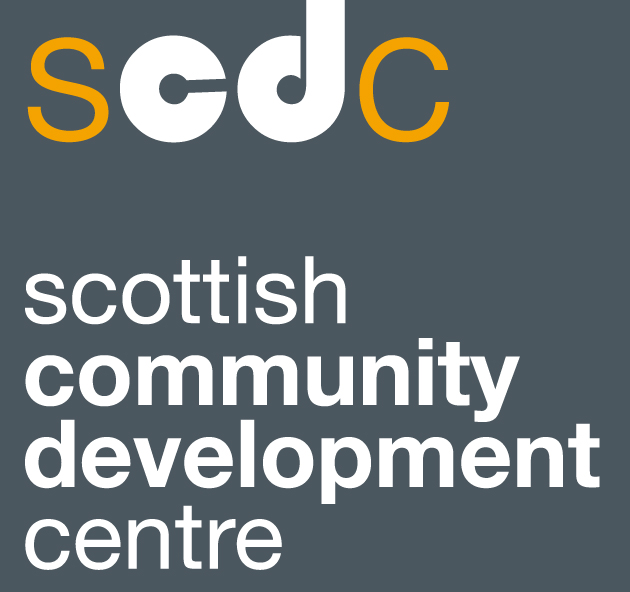People, Power & Place-based approaches - key questions
/To mark 10 years of SCDC as an independent organisation, Head of Programme Mick Doyle explores how place-based approaches can be used to make a real difference to communities across Scotland.
Community regeneration has featured place-based approaches over many years in various locations across Scotland.
Though they have had many different names, the best of these have brought people and services together to improve lives, with innovative community led projects filling roles that traditional services can’t. Collaborations between communities and public services are also a key feature with additional resources available historically to support this.
In a year when the Scottish Government’s Place Principle is helping reboot locality based approaches, it’s important to reflect on some of the big questions that surround them.
What does place mean for communities?
Effective place-making needs boundaries at a scale that communities relate to. However, austerity has increased the centralisation of services, making it much harder to deploy them locally enough to adapt to need. This is why agreeing the boundaries for place-based work, and how services relate to them, is key to success.
Age, ethnic background or other characteristics can create bonds of experience between people, beyond where they live or work but which also affect their lives locally. Understanding how these also impact on people’s lives in local “places” is fundamental if the work is to challenge inequality in all its forms.
How does place-based work achieve wider social change?
Limited additional resources are currently available to support place-based Locality Planning, with the emphasis on using mainstream resources more effectively in the most disadvantaged areas. In some parts of Scotland, place-based work is applied to a wider range of localities, particularly in rural areas. Does this undermine the concept, or is it that we need better ways to identify disadvantage where need is less visible?
Good place-based solutions can definitely strengthen communities, but the causes of disadvantage are often located beyond place, including the need for more resources. This means we must consciously create conditions for people locally to influence our wider democratic and human rights aspirations by bringing their lived experiences more directly into wider debate.
How do we agree priorities locally?
Local people must be able to assert what should be done differently, but cash strapped services can unconsciously limit this by focusing on delivering within existing resources - or less. This can reduce confidence in whether community experiences are really being understood and acted on.
Communities recognise the need to prioritise, but making their experience less visible in this can undermine place based working.
How do we ensure it’s all joined up?
Legal duties and policy commitments to involve communities in planning health and social care, physical planning, or children’s services, are very welcome but these can create waves of disorienting “engagement”.
Meanwhile, Community Led Action Planning is how many communities want to establish and act on their own priorities. Our Supporting Communities programme is exploring how these align locally with statutory plans, but much remains to be done to bridge gaps and maximise opportunities.
This new emphasis on place-based working resonates for people, but implementing the vision needs these questions to be explored further to deliver change in practical, ethical and sustainable ways that make a real difference to communities across Scotland.

